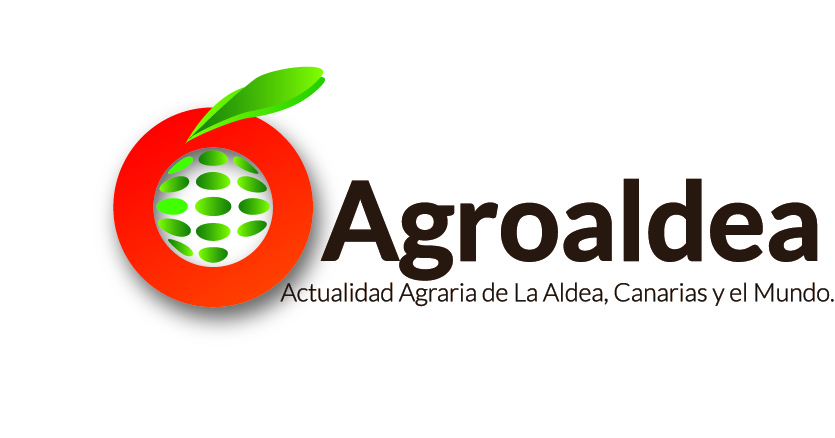 The lack of rain in May and June threatens the production of olive oil, Some experts coding that it will be up to a 40% minor. The bad harvest of olive anticipates a sharp rise in the price of oil in 2015.
The lack of rain in May and June threatens the production of olive oil, Some experts coding that it will be up to a 40% minor. The bad harvest of olive anticipates a sharp rise in the price of oil in 2015.
For the next campaign is over cheap olive oil, at least for now. The lack of rainfall that has suffered in the South of Spain threatens the production of olive oil. Forecasts for this year are very pessimistic because of the drought, but also to the depletion of trees by the extraordinary production of the previous marketing year.
The role of first international producer has the impact of a bad campaign in Spain make up prices around the world and is already discounted this phenomenon at the international level.
In the campaign 2013-2014, olive oil production amounted to 1,77 million tonnes, (a 41% higher than the average of the four latest), which meant a record of production.
This resulted in two very important factors: on the one hand, prices very affordable in the liter of olive oil and other, in a big rise in employment in the last quarter of 2013 to pick up that enormous amount of olives that already will not be in this exercise.
However, According to David Erice, the Union of small farmers technician (UPA), This year 2014, “even the most optimistic count to be the production of one million tonnes. Similar data will be surely to the of 2012, When occurred around the Central magnificent of 700.000 tons”, points.
The cause of the fall in production is not exclusive to drought. “The tree is quite exhausted from the previous season, that production was a record”, Remember Erice. Gregorio Sánchez, responsible for the olive oil sector of the Coordinator of organizations of farmers and ranchers (COAG) It coincides with Erice on this year's campaign will be complicated due to drought.
From Asoliva (the Association of exporters of olive oil) They point out that, Thanks to the reserves, the production will be sufficient to meet demand., Although it is difficult to make a forecast. However, The Wall Street Journal said this week that the production of the olive oil in Spain could drop up to a 40% respect to 2013, According to forecasts by international agencies.
This situation is reminiscent of what happened in 2012, When another poor rains with similar characteristics put in check the production of olive oil. At that time, bad harvest (in which they were collected 618.200 tons) It resulted in strong price rises.
In June of 2013 the price of oil became a 24% higher than the previous year, According to data from the National Institute of statistics, collected for the IPC. In this index, to measure the variation in the prices of the products more consumed by the Spaniards, oils and fats have a great weight.
In particular, weighting is of 5,982 about 100, top of the potato, coffee, sugar and meat sheep, among others by what a strong alteration affects all rise from the shopping cart.
The agrarian organization Apag Extremadura-Asaja forecasts production during the Extremadura campaign this year olive a 80% lower to the of 2013 and that levels will be “low”, never seen in the last 30 years.
The campaign will be “very bad, catastrophic” in production, as reviewed EfE the Vice President of the agrarian organization, Felix Corbacho, then sector believes that it will not come to one million tons of olives.
Since the sector raises fear that the higher price bet by sunflower oil. For this reason, Corbacho fears that the consumer, before high prices of olive oil, Choose from sunflower or seed, and then losing in this way “customers” the sector.
Félix Corbacho believes that the situation generated in this campaign shows the “fitness” of the request made last year have deposits that would save the oil for good production seasons.
Last year was a campaign “excellent”, so these deposits would have come “Very well” to have stored oil, that would have also served to improve the situation of prices “so low” of 2013.
Corbacho insists on the “need” that some contracts could be created “approved” in agriculture and animal husbandry, you allow a price level “minimum” for, at least, cover the costs of production and exploitation.
It has also asked “insurance conditions”, as it exists in countries such as Sweden or the Netherlands, where the farmer has secured at least one 80% its exploitation to unforeseen adverse situations.

